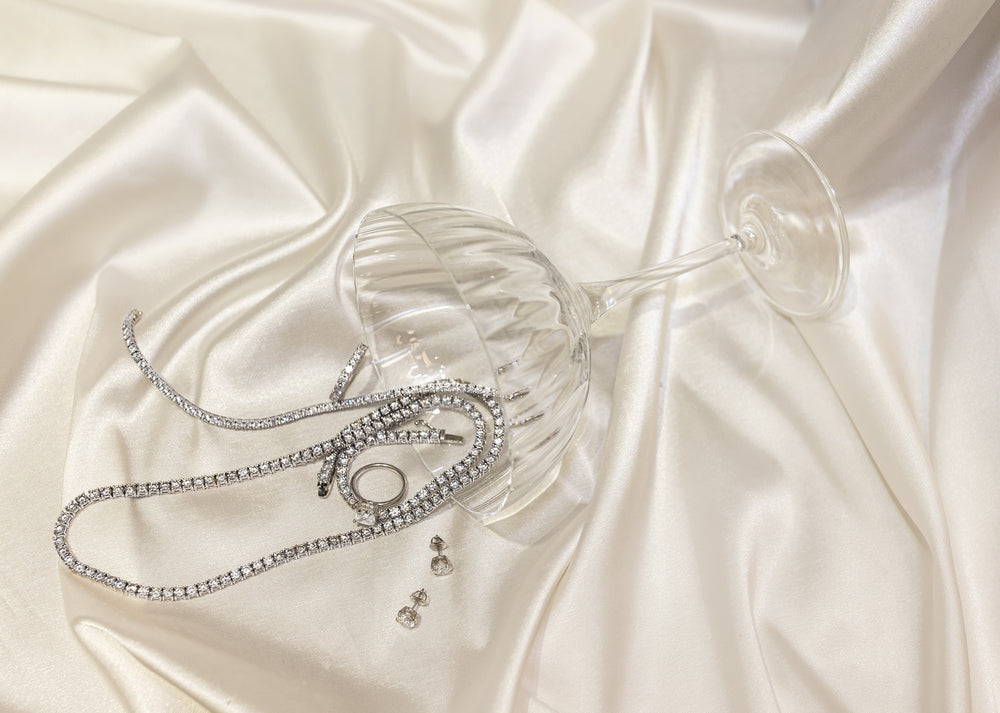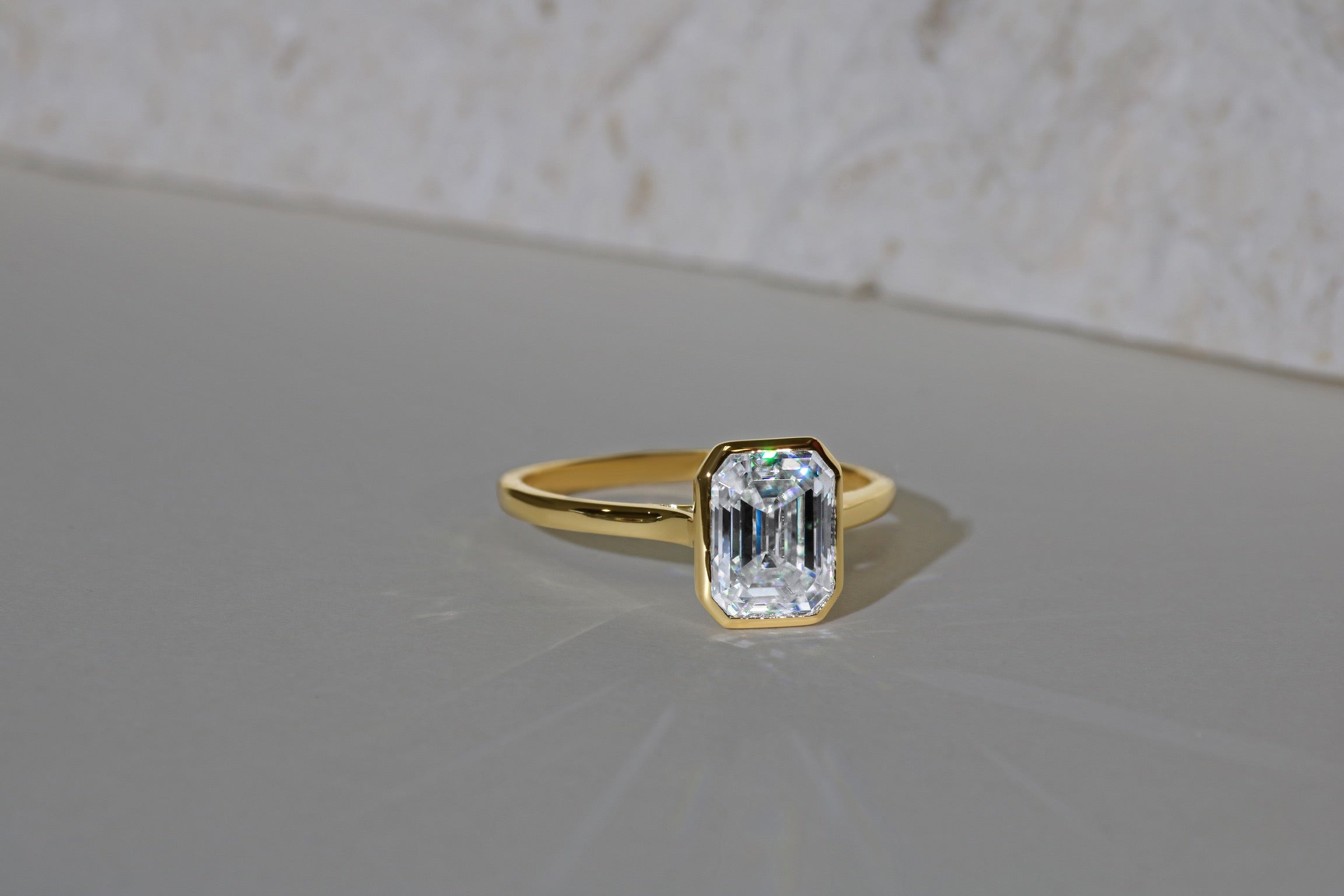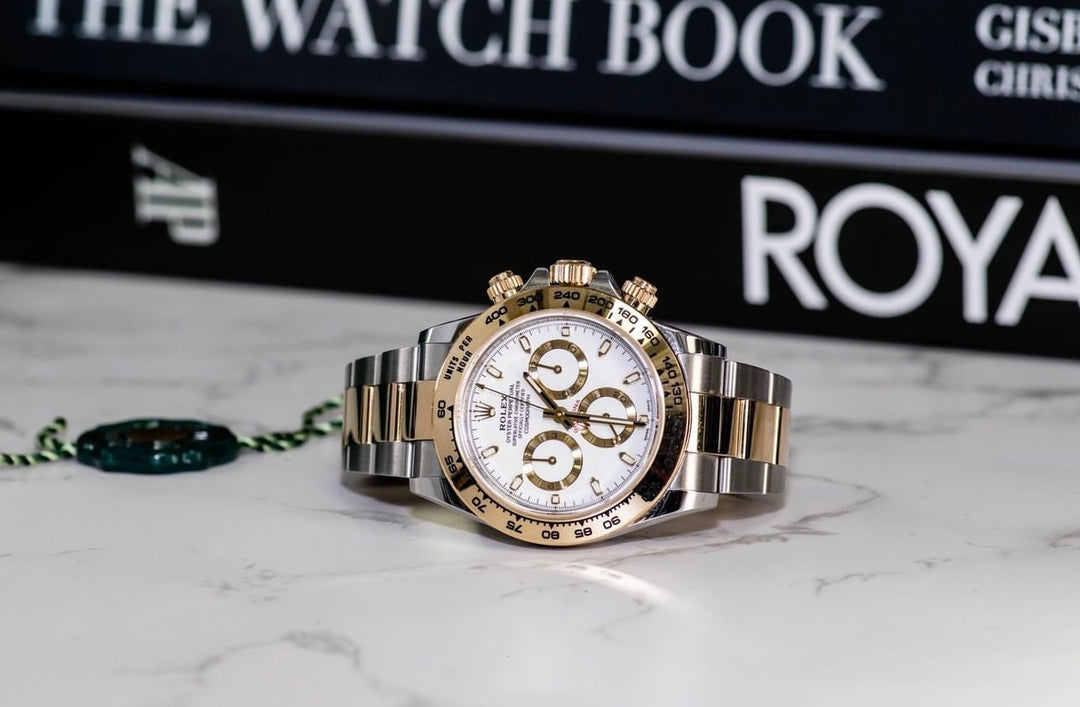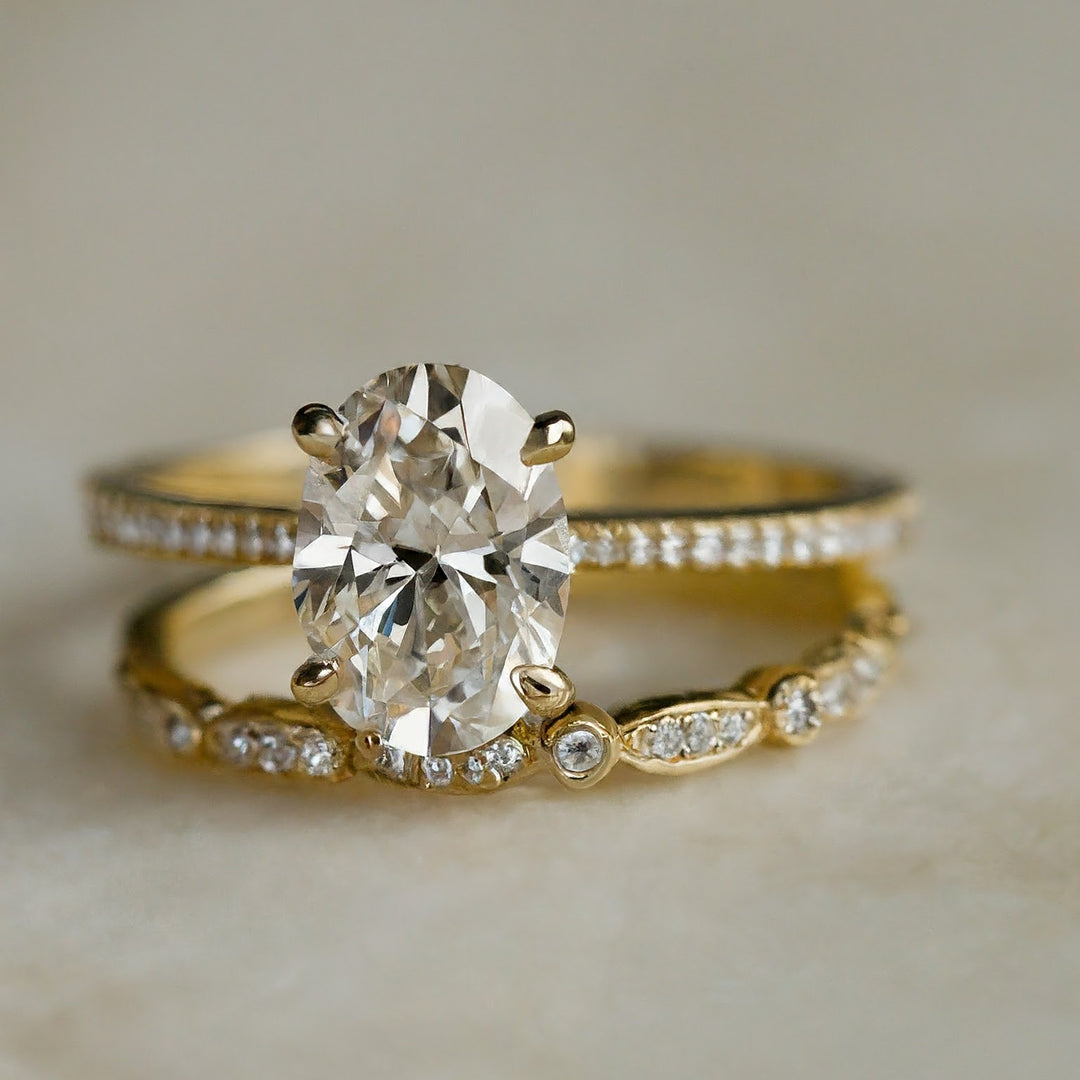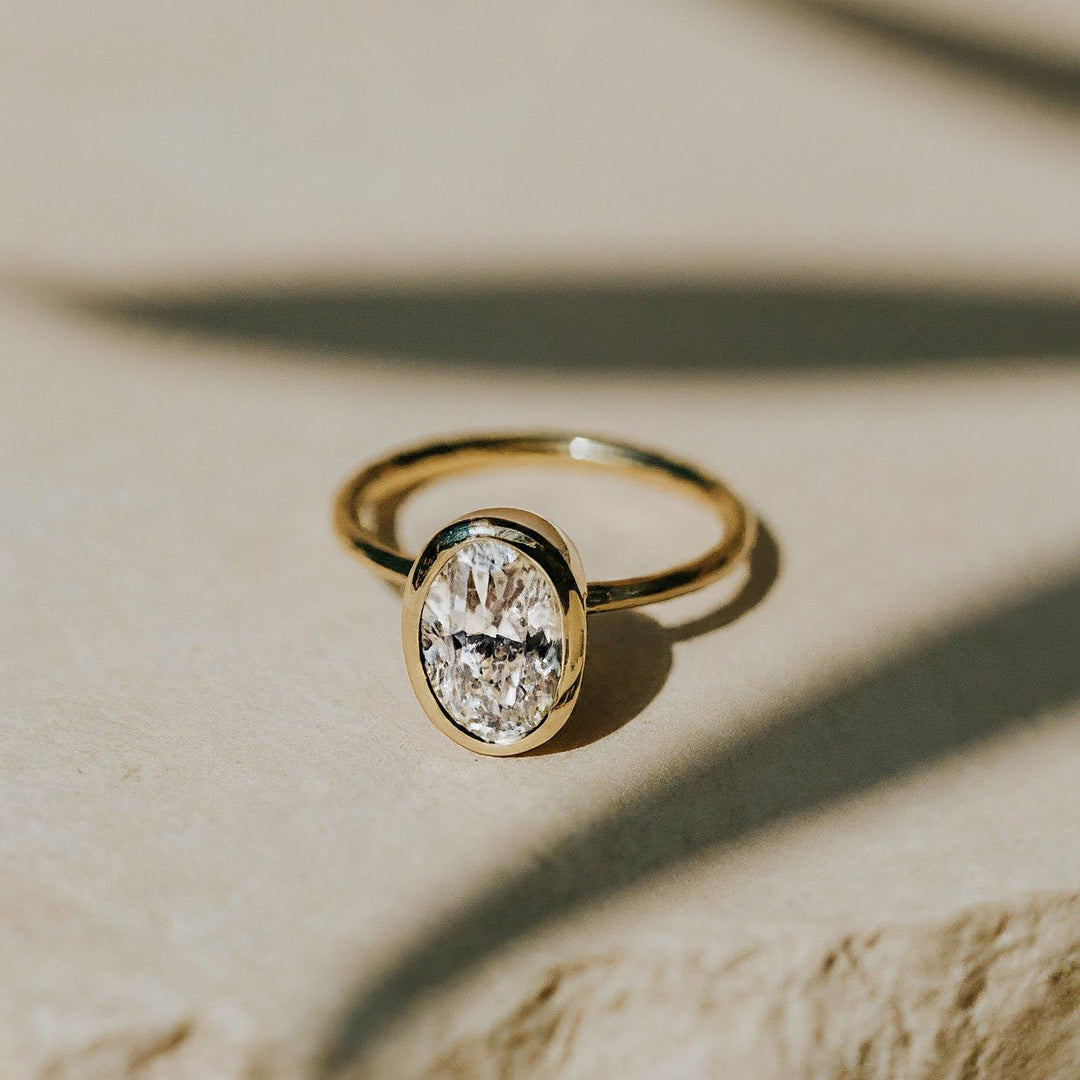When shopping for jewelry, you might have come across the term "karat," but what does it really mean? Karat is a unit of measurement used to determine the purity of gold in a piece of jewelry. It plays a crucial role in defining the quality and value of your jewelry. In this article, we will explore what karats are, how they affect the appearance and durability of your jewelry, and provide tips on choosing the right karat for your needs
What are Karats?
Karat (abbreviated as "K" or "kt") refers to the percentage of pure gold in a piece of jewelry. Pure gold is 24 karats, which means it is 100% gold. However, pure gold is too soft to be used in most jewelry, as it is susceptible to scratches and dents. To increase durability, gold is often alloyed with other metals, such as silver, copper, or zinc. The karat of gold jewelry typically ranges from 10K to 24K, with 24K being the purest form and 10K being the least pure.
Understanding Different Karat Values
The most common karat values for gold jewelry are 24K, 18K, 14K, and 10K. Each value has its unique characteristics:
24 Karat (24K): Pure gold, but too soft for jewelry. It is often used in investment pieces or for gold bars and coins.
18 Karat (18K): Contains 75% gold and 25% other metals. A good balance between purity and durability, offering both a rich gold color and excellent resilience.
14 Karat (14K): Comprises 58.3% gold and 41.7% other metals. Popular for its affordability and durability, ideal for everyday jewelry.
10 Karat (10K): Contains 41.7% gold and 58.3% other metals. More affordable but less pure and lighter in color compared to higher karat values.
Choosing the Right Karat for Your Jewelry
Consider Your Style
The karat of your jewelry can influence its appearance. If you prefer a bright and vibrant yellow color, higher karat gold (18K or 22K) is ideal, as it contains a higher percentage of pure gold. If you prefer a more subtle tone, lower karat gold (10K or 14K) with a mix of alloys may be more suitable.
Durability and Wear
Keep in mind that higher karat gold is softer and more susceptible to scratches and bends. If you plan to wear your jewelry daily, a lower karat (14K or 10K) might be a better choice, as it offers better durability without compromising on quality.
Allergies
Some individuals are sensitive to certain metals used in gold alloys, which can cause skin irritation. If you have metal allergies, consider opting for a higher karat gold, as it contains a higher percentage of pure gold and fewer alloying metals.
Budget
As the karat increases, so does the percentage of pure gold, making higher karat gold more expensive. Before making a purchase, set a budget and choose a karat that meets your style preferences and financial considerations.

Special Occasions vs. Everyday Wear
For pieces you intend to wear occasionally or for special occasions, a higher karat gold might add a touch of luxury. However, for everyday wear, a lower karat gold offers the right balance of beauty and durability.
Understanding karats is essential when selecting the perfect piece of jewelry. The karat not only determines the purity of gold but also affects the appearance and durability of your jewelry. Whether you prefer the brilliance of 24K or the durability of 10K, there is a karat suitable for every style and occasion. Consider your style preferences, budget, and intended use to choose the right karat for your jewelry that will stand the test of time and continue to dazzle for years to come.
Masina Diamonds in Atlanta specializes in engagement rings, wedding bands, and the knowledge needed to craft the perfect ring for your love. We are GIA certified and have been in the jewelry and diamond business for over 40 years. Schedule an appointment in person or on Zoom, and we will provide you guidance and the confidence to make an informed decision.


